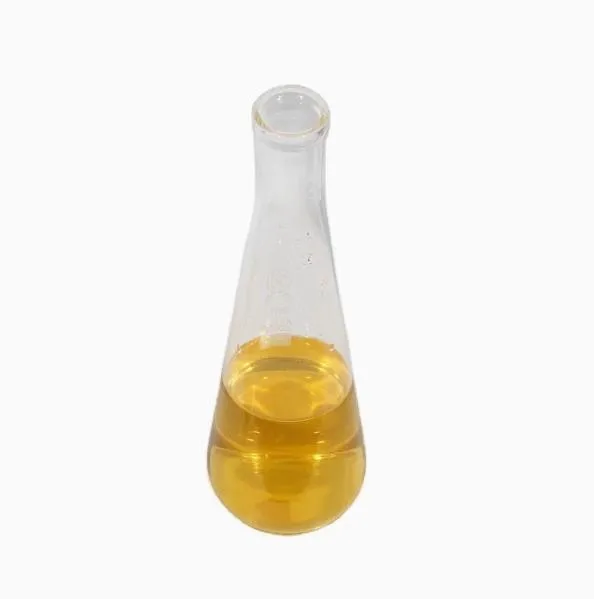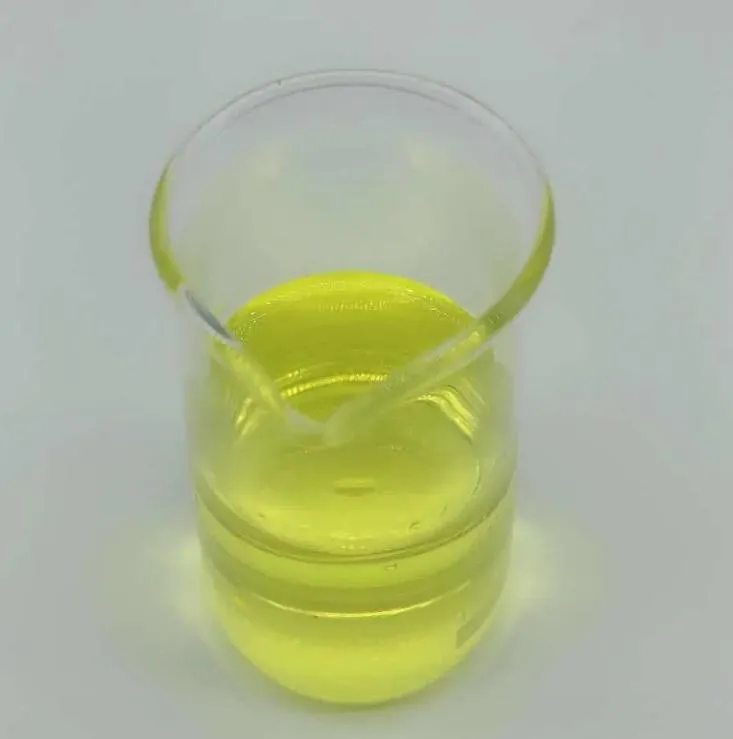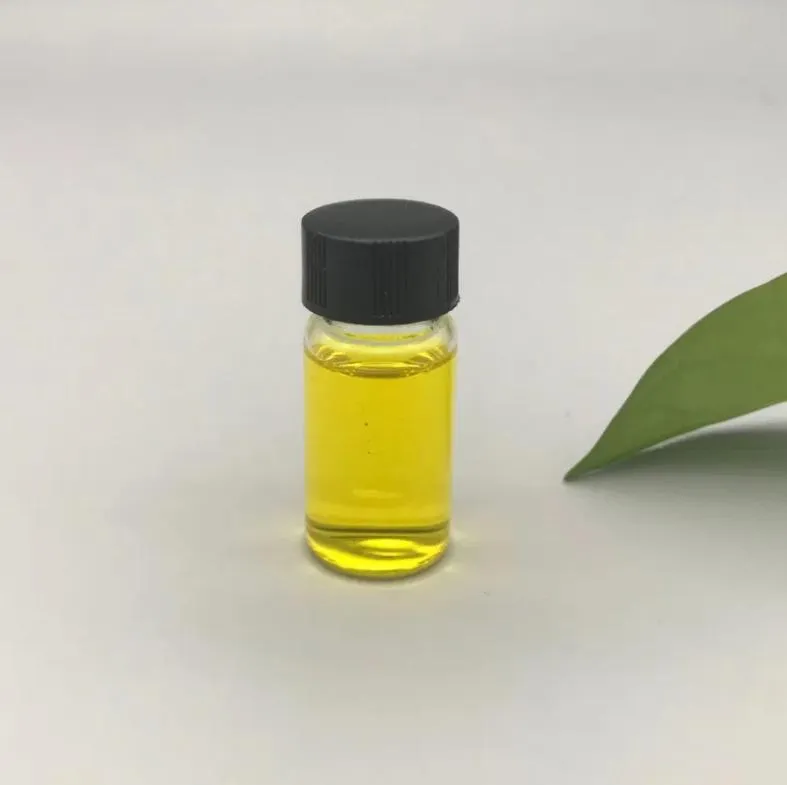Warning: Undefined array key "file" in /home/www/wwwroot/HTML/www.exportstart.com/wp-content/themes/1198/header.php on line 7
Warning: Undefined array key "title" in /home/www/wwwroot/HTML/www.exportstart.com/wp-content/themes/1198/header.php on line 7
Warning: Undefined array key "title" in /home/www/wwwroot/HTML/www.exportstart.com/wp-content/themes/1198/header.php on line 7
- Afrika
- Albania
- Amharic
- Arabic
- Armenian
- Azerbaijani
- Basque
- Belarusian
- Bengali
- Asụsụ Bosnia
- Bulgarian
- Catalan
- Cebuano
- China
- China (Taiwan)
- Corsican
- Asụsụ Croatia
- Czech
- Danish
- Dutch
- Bekee
- Esperanto
- Estonia
- Asụsụ Finnish
- French
- Onye Frisian
- Onye Galisi
- Asụsụ Georgian
- German
- Grik
- Gujarati
- Haitian Creole
- hausa
- Hawaian
- Hibru
- Mba
- Miao
- Asụsụ Hungarian
- Aislandi
- igbo
- Asụsụ Indonesian
- Irish
- Ịtali
- Japanese
- Asụsụ Javanị
- Kannada
- kazakh
- Khmer
- Onye Rwandan
- Korean
- Kurdish
- Kyrgyz
- TB
- Latịn
- Latvia
- Lithuania
- Luxembourgish
- Masedonia
- Malgashi
- Malay
- Malayalam
- Malta
- Maori
- Marathi
- Mongolian
- Myanmar
- Nepali
- Norwegian
- Norwegian
- Occitan
- Pashto
- Asụsụ Persia
- Polish
- Portuguese
- Punjabi
- Romanian
- Russian
- Samoan
- Scottish Gaelic
- Asụsụ Serbian
- Bekee
- Shona
- Sindhi
- Sinhala
- Slovak
- Slovenian
- Somali
- Spanish
- Asụsụ Sudan
- Swahili
- Swedish
- Tagalog
- Tajik
- Tamil
- Tatar
- Telugu
- Thai
- Turkish
- Turkmen
- onye Ukraine
- Urdu
- Uighur
- Uzbek
- Vietnamese
- Welsh
- Enyemaka
- Yiddish
- Yoruba
- Zulu
Pyrrole
Pyrrole is a five-membered heterocyclic compound containing one nitrogen heteratom, colorless liquid at room temperature, naturally occurring in coal tar and bone oil, rapidly darkening in the air, with a significant irritating odor. The relative density is 0.9691, the boiling point is 130 ~ 131℃, and the freezing point is -24℃. Almost insoluble in water and dilute alkali solutions, soluble in ethanol, ether, benzene and inorganic acid solutions. Chemicalbook is very stable to bases and easily polymerizes into dark red trimer resins in the presence of a small amount of inorganic acids, which will also resinize when stored in light or exposed to air. Pyrrole vapor can show red color when dipped in hydrochloric acid, which is called the pineflakesreaction; pinesplinttest) can be used to identify pyrrole.
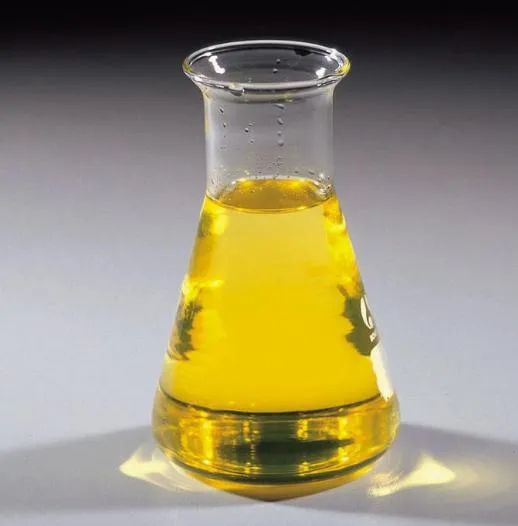

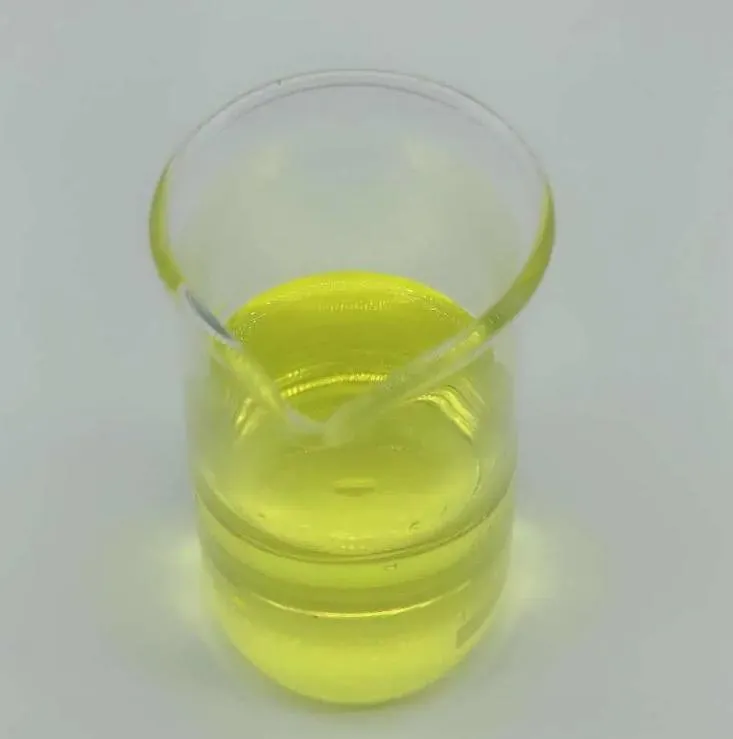

Many derivatives of pyrrole are important drugs and substances with strong physiological activity, such as chlorophyll, heme, etc. Pyrrole is the basic structural unit of heme, chlorophyll, bile pigment, some amino acids, some alkaloids and some enzymes. These compounds have strong physiological activities and drug functions. Drugs such as vitamin B12, gastric changanine, hyalinic acid (roundworm repellant) and Lincomycin (antibiotic) all contain hydropyrrole ring structures.
1. For the synthesis of fine chemicals such as pharmaceuticals and fragrances
2. Its derivatives are widely used as raw materials for organic synthesis, medicine, pesticides, spices, rubber vulcanization accelerator, epoxy resin curing agent, etc
3. Used as a standard material for chromatographic analysis, and also used in organic synthesis and pharmaceutical industry
4. Spices. It is mainly used to prepare fruit type and spice flavor
5. Used as an intermediate for the synthesis of medicine and spices.
6. Test gold selenite and silicic acid. Determination of chromate, gold, iodate, mercury, selenite, silicon and vanadium.
Anyị nwere ọtụtụ ụlọ ọrụ dị elu nke nwere nkwado miri emi, nke nwere ike inye gị ngwaahịa dị elu na ọnụ ahịa asọmpi. Anyị nwekwara ike inye ego maka nnukwu ịzụrụ ihe. Anyị na-akwado ọtụtụ ụlọ ọrụ na-ebuga ibu ndị ọkachamara, nwere ike ịnapụta ngwaahịa n'enweghị nsogbu na aka gị. Oge nnyefe bụ ihe dịka ụbọchị 3-20 mgbe nkwenye nke ịkwụ ụgwọ gasịrị.
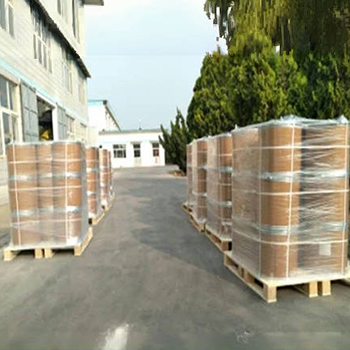



| Pyrrole Chemical Properties |
| Ebe mgbaze | -23 °C (lit.) |
| Ebe esi nri | 131 °C (lit.) |
| njupụta | 0.967 g/mL at 25 °C (lit.) |
| uzuoku njupụta | 2.31 (vs air) |
| uzuoku mgbali | 8.7 hPa (20 °C) |
| FEMA | 3386 | PYRROLE |
| index refractive | n20/D 1.508(lit.) |
| Fp | 92 °F |
| nchekwa okpomọkụ. | Store at +2°C to +8°C. |
| solubility | 60g/l |
| pka | 15(at 25℃) |
| ụdị | Mmiri mmiri |
| agba | Clear almost colorless to brownish |
| PH | >6 (10g/l, H2O, 20℃) |
| Isi | at 0.10 % in propylene glycol. sweet warm nutty ethereal |
| Odor Type | nutty |
| mgbawa ịgba | 3.10-14.8%(V) |
| Mmiri Solubility | 60 g/L (20 ºC) |
| Sensitive | Air & Light Sensitive |
| Merck | 14,8014 |
| JECFA Number | 1314 |
| BRN | 1159 |
| Dielectric constant | 7.5(17℃) |
| Stability: | Stable. Incompatible with strong acids, strong oxidizing agents. Combustible. |
| InChIKey | KAESVJOAVNADME-UHFFFAOYSA-N |
| LogP | 0.85 |
| CAS DataBase Reference | 109-97-7(CAS DataBase Reference) |
| NIST Chemistry Reference | Pyrrole(109-97-7) |
| EPA Substance Registry System | 1H-Pyrrole (109-97-7) |

1. Ị bụ ụlọ ọrụ mmepụta ihe ma ọ bụ ụlọ ọrụ ịzụ ahịa?
Anyị bụ ụlọ ọrụ na-ejikọta ụlọ ọrụ na ịzụ ahịa, na-enye ọrụ nkwụsịtụ.OEM nwere ike ịnakwere.
2. Ị na-enye samples? Ọ bụ n'efu ka ọ bụ mgbakwunye?
Free samples. The sample si ibu ego kwesịrị ịkwụ ụgwọ gị n'akụkụ.
3. Ị nwere asambodo ọ bụla metụtara njikwa mma?
ISO 9001: 2008 asambodo iji hụ na ịdị mma.
4. Kedu ihe m ga-enye ka m nweta nhota okwu?
Pls na-agwa anyị ụdị ngwaahịa nke ị chọrọ, iji ọnụ ọgụgụ, adreesị na ihe ndị a chọrọ. A ga-edepụta nkwupụta maka ntinye aka gị n'oge.
5. Kedu ụdị usoro ịkwụ ụgwọ na-amasị gị? Kedu ụdị usoro anabatara?
Usoro nnyefe anabatara: FOB, CFR, CIF, EXW;
Ego ịkwụ ụgwọ anabatara: USD;
Ụdị ịkwụ ụgwọ anabatara: T/T, Western Union; Paypal, ahia ahia.
Asụsụ Asụsụ: Bekee.
Ụdị ngwaahịa
-
 Apr . 27, 2025Zibo will host the 2025 International Chemical ExpoZibo, a city known for its thriving chemical industry, will host the 2025 Zibo International Chemical Expo from May 16 to May 18, 2025. This highly anticipated event aims to bring together industry leaders, innovators and stakeholders from around the world to explore the latest advancements and trends in the chemical industry.
Apr . 27, 2025Zibo will host the 2025 International Chemical ExpoZibo, a city known for its thriving chemical industry, will host the 2025 Zibo International Chemical Expo from May 16 to May 18, 2025. This highly anticipated event aims to bring together industry leaders, innovators and stakeholders from around the world to explore the latest advancements and trends in the chemical industry. -
 Apr . 22, 20252025 Yokohama Cosmetics Raw Materials and Technology ExhibitionYOKOHAMA, Japan – The City of Yokohama is preparing to host the much-anticipated Cosmetics Ingredients & Technologies 2025 from May 14 to May 16, 2025. The premier event is expected to attract industry professionals, innovators and enthusiasts from around the world to showcase the latest advancements in cosmetic ingredients and technologies.
Apr . 22, 20252025 Yokohama Cosmetics Raw Materials and Technology ExhibitionYOKOHAMA, Japan – The City of Yokohama is preparing to host the much-anticipated Cosmetics Ingredients & Technologies 2025 from May 14 to May 16, 2025. The premier event is expected to attract industry professionals, innovators and enthusiasts from around the world to showcase the latest advancements in cosmetic ingredients and technologies. -
 Apr . 18, 20252025 India Mumbai Fine Chemicals ExhibitionMUMBAI, India – The bustling metropolis of Mumbai is gearing up to host the much-anticipated Fine Chemicals Expo on April 29-30, 2025. The premier event is expected to attract industry leaders, innovators and stakeholders from across the world to showcase the latest advancements in the fine chemicals sector.
Apr . 18, 20252025 India Mumbai Fine Chemicals ExhibitionMUMBAI, India – The bustling metropolis of Mumbai is gearing up to host the much-anticipated Fine Chemicals Expo on April 29-30, 2025. The premier event is expected to attract industry leaders, innovators and stakeholders from across the world to showcase the latest advancements in the fine chemicals sector.


